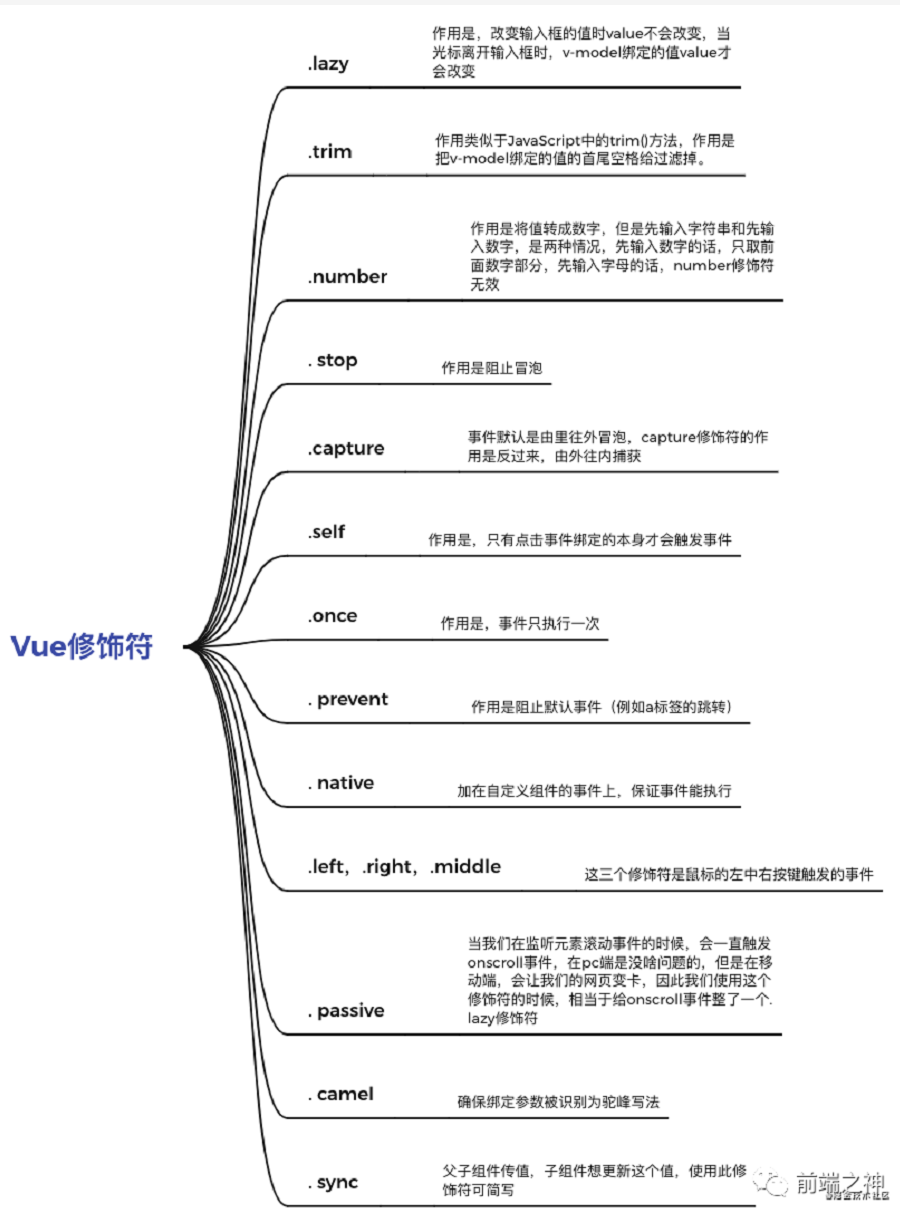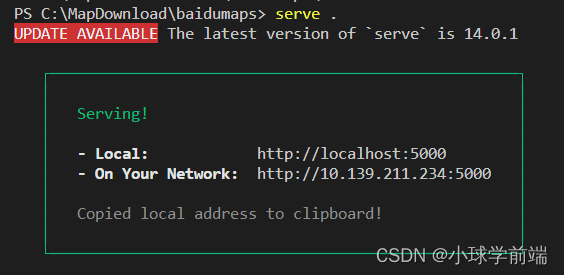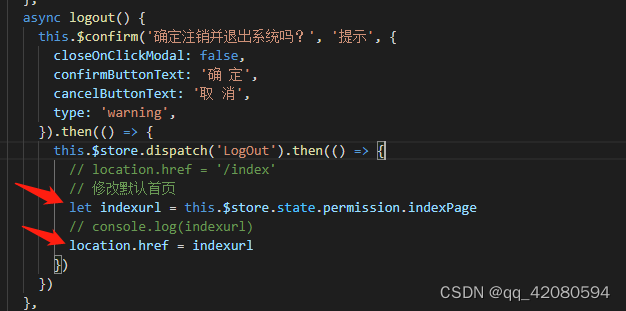1.前言
最近在做vue3相关的项目,用到了组合式api,对于vue3的语法的改进也是大为赞赏,用起来十分方便。对于已经熟悉vue2写法的同学也说,上手还是需要一定的学习成本,有可能目前停留在会写会用的阶段,但是setup带来哪些改变,以及ref,reactive这两api内部实现原理到底是什么,下面先来总结:
setup带来的改变:
1.解决了vue2的data和methods方法相距太远,无法组件之间复用
2.提供了script标签引入共同业务逻辑的代码块,顺序执行
3.script变成setup函数,默认暴露给模版
4.组件直接挂载,无需注册
5.自定义的指令也可以在模版中自动获得
6.this不再是这个活跃实例的引用
7.带来的大量全新api,比如defineProps,defineEmits,withDefault,toRef,toRefs
ref带来的改变:
Vue 提供了一个 ref() 方法来允许我们创建可以使用任何值类型的响应式数据
Ref作TS的类型标注
reactive带来的改变:
可以使用 reactive() 函数创建一个响应式对象或数组
reactive可以隐式地从它的参数中推导类型
使用interface进行类型标注
需要了解vue2和vue3区别的可以查看我的这篇文章:
vue2和vue3的区别(由浅入深)_KinHKin(五年前端)的博客-CSDN博客_vue2开发好还是vue3开发好Vue2使⽤的是选项类型API(Options API),Vue3使⽤的是合成型API(Composition API)Vue3:数据和⽅法都定义在setup中,并统⼀进⾏return{}vue2和vue3比较还是有很多不一样的地方,比如setup语法糖的形式最为便捷而且更符合开发者习惯,未来vue3将会大面积使用这种规则,这样更加符合开发习惯和降低后续维护的成本,还有目前Vue3已经成为了Vue的默认版本,后续维护应该也会以Vue3为主。希望各位同学赶紧学起来吧~......https://blog.csdn.net/weixin_42974827/article/details/126560362?spm=1001.2014.3001.5502
2.setup
在 setup() 函数中手动暴露大量的状态和方法非常繁琐。幸运的是,我们可以通过使用构建工具来简化该操作。当使用单文件组件(SFC)时,我们可以使用 <script setup> 来大幅度地简化代码。
<script setup> 中的顶层的导入和变量声明可在同一组件的模板中直接使用。你可以理解为模板中的表达式和 <script setup> 中的代码处在同一个作用域中。
里面的代码会被编译成组件 setup() 函数的内容。这意味着与普通的 <script> 只在组件被首次引入的时候执行一次不同,<script setup>中的代码会在每次组件实例被创建的时候执行。
官方解答:
<script setup>是在单文件组件 (SFC) 中使用组合式 API 的编译时语法糖。当同时使用 SFC 与组合式 API 时该语法是默认推荐。相比于普通的<script>语法,它具有更多优势:
- 更少的样板内容,更简洁的代码。
- 能够使用纯 TypeScript 声明 props 和自定义事件。
- 更好的运行时性能 (其模板会被编译成同一作用域内的渲染函数,避免了渲染上下文代理对象)。
- 更好的 IDE 类型推导性能 (减少了语言服务器从代码中抽取类型的工作)。
setup执行是在创建实例之前就是beforeCreate执行,所以setup函数中的this还不是组件的实例,而是undefined,setup是同步的。
setup?: (this: void, props: Readonly<LooseRequired<Props & UnionToIntersection<ExtractOptionProp<Mixin>> & UnionToIntersection<ExtractOptionProp<Extends>>>>, ctx: SetupContext<E>) => Promise<RawBindings> | RawBindings | RenderFunction | void;)
在上面的代码中我们了解到了第一个参数props,还有第二个参数context。
props是接受父组件传递过来的所有的属性和方法;context是一个对象,这个对象不是响应式的,可以进行解构赋值。存在属性为attrs:instance.slots,slots: instance.slots,emit: instance.emit。
setup(props, { attrs, slots, emit, expose }) {
...
}
或
setup(props, content) {
const { attrs, slots, emit, expose } = content
}这里要注意一下,attrs 和 slots 是有状态的对象,它们总是会随组件本身的更新而更新。这意味着你应该避免对它们进行解构,并始终以 attrs.x 或 slots.x 的方式引用 property。请注意,与 props 不同,attrs 和 slots 的 property 是非响应式的。如果你打算根据 attrs 或 slots 的更改应用副作用,那么应该在 onBeforeUpdate 生命周期钩子中执行此操作。
3.源码分析
在vue的3.2.3x版本中,处理setup函数源码文件位于:node_moudles/@vue/runtime-core/dist/runtime-core.cjs.js文件中。
setupStatefulComponent
下面开始解析一下setupStatefulComponent的执行过程:
function setupStatefulComponent(instance, isSSR) {
var _a;
const Component = instance.type;
{
if (Component.name) {
validateComponentName(Component.name, instance.appContext.config);
}
if (Component.components) {
const names = Object.keys(Component.components);
for (let i = 0; i < names.length; i++) {
validateComponentName(names[i], instance.appContext.config);
}
}
if (Component.directives) {
const names = Object.keys(Component.directives);
for (let i = 0; i < names.length; i++) {
validateDirectiveName(names[i]);
}
}
if (Component.compilerOptions && isRuntimeOnly()) {
warn(`"compilerOptions" is only supported when using a build of Vue that ` +
`includes the runtime compiler. Since you are using a runtime-only ` +
`build, the options should be passed via your build tool config instead.`);
}
}
// 0. create render proxy property access cache
instance.accessCache = Object.create(null);
// 1. create public instance / render proxy
// also mark it raw so it's never observed
instance.proxy = reactivity.markRaw(new Proxy(instance.ctx, PublicInstanceProxyHandlers));
{
exposePropsOnRenderContext(instance);
}
// 2. call setup()
const { setup } = Component;
if (setup) {
const setupContext = (instance.setupContext =
setup.length > 1 ? createSetupContext(instance) : null);
setCurrentInstance(instance);
reactivity.pauseTracking();
const setupResult = callWithErrorHandling(setup, instance, 0 /* ErrorCodes.SETUP_FUNCTION */, [reactivity.shallowReadonly(instance.props) , setupContext]);
reactivity.resetTracking();
unsetCurrentInstance();
if (shared.isPromise(setupResult)) {
setupResult.then(unsetCurrentInstance, unsetCurrentInstance);
if (isSSR) {
// return the promise so server-renderer can wait on it
return setupResult
.then((resolvedResult) => {
handleSetupResult(instance, resolvedResult, isSSR);
})
.catch(e => {
handleError(e, instance, 0 /* ErrorCodes.SETUP_FUNCTION */);
});
}
else {
// async setup returned Promise.
// bail here and wait for re-entry.
instance.asyncDep = setupResult;
if (!instance.suspense) {
const name = (_a = Component.name) !== null && _a !== void 0 ? _a : 'Anonymous';
warn(`Component <${name}>: setup function returned a promise, but no ` +
`<Suspense> boundary was found in the parent component tree. ` +
`A component with async setup() must be nested in a <Suspense> ` +
`in order to be rendered.`);
}
}
}
else {
handleSetupResult(instance, setupResult, isSSR);
}
}
else {
finishComponentSetup(instance, isSSR);
}
}函数接受两个参数,一个是组建实例,另一个是是否ssr渲染,接下来是验证过程,这里的文件是开发环境文件, DEV 环境,则会开始检测组件中的各种选项的命名,比如 name、components、directives 等,如果检测有问题,就会在开发环境报出警告。
检测完成之后,进行初始化,生成一个accessCached的属性对象,该属性用以缓存渲染器代理属性,以减少读取次数。然后在初始化一个代理的属性,instance.proxy = reactivity.markRaw(new Proxy(instance.ctx, PublicInstanceProxyHandlers));这个代理属性代理了组件的上下文,并且将它设置为观察原始值,这样这个代理对象将不会被追踪。
接下来便是setup的核心逻辑了,如果组件上有setup 函数,继续执行,如果不存在跳到尾部,执行finishComponentSetup(instance, isSSR),完成组件的初始化,否则就会进入 if (setup) 之后的分支条件中。是否执行setup生成上下文取决于setup.length > 1 ?createSetupContext(instance) : null。
来看一下setup执行上下文究竟有哪些东西:
function createSetupContext(instance) {
const expose = exposed => {
if (instance.exposed) {
warn(`expose() should be called only once per setup().`);
}
instance.exposed = exposed || {};
};
let attrs;
{
// We use getters in dev in case libs like test-utils overwrite instance
// properties (overwrites should not be done in prod)
return Object.freeze({
get attrs() {
return attrs || (attrs = createAttrsProxy(instance));
},
get slots() {
return reactivity.shallowReadonly(instance.slots);
},
get emit() {
return (event, ...args) => instance.emit(event, ...args);
},
expose
});
}
}expose解析:
可以在 setup() 中使用该 API 来清除地控制哪些内容会明确地公开暴露给组件使用者。
当你在封装组件时,如果嫌 ref 中暴露的内容过多,不妨用 expose 来约束一下输出。
import { ref } from 'vue'
export default {
setup(_, { expose }) {
const count = ref(0)
function increment() {
count.value++
}
// 仅仅暴露 increment 给父组件
expose({
increment
})
return { increment, count }
}
}
例如当你像上方代码一样使用 expose 时,父组件获取的 ref 对象里只会有 increment 属性,而 count 属性将不会暴露出去。
执行setup函数
在处理完 createSetupContext 的上下文后,组件会停止依赖收集,并且开始执行 setup 函数。
const setupResult = callWithErrorHandling(setup, instance, 0 /* ErrorCodes.SETUP_FUNCTION */, [reactivity.shallowReadonly(instance.props) , setupContext]);
Vue 会通过 callWithErrorHandling 调用 setup 函数,组件实例instance传入,这里我们可以看最后一行,是作为 args 参数传入的,与上文描述一样,props 会始终传入,若是 setup.length <= 1 , setupContext 则为 null。
调用玩setup之后,会重置收集的状态,reactivity.resetTracking(),接下来是判断setupResult的类型。
if (shared.isPromise(setupResult)) {
setupResult.then(unsetCurrentInstance, unsetCurrentInstance);
if (isSSR) {
// return the promise so server-renderer can wait on it
return setupResult
.then((resolvedResult) => {
handleSetupResult(instance, resolvedResult, isSSR);
})
.catch(e => {
handleError(e, instance, 0 /* ErrorCodes.SETUP_FUNCTION */);
});
}
else {
// async setup returned Promise.
// bail here and wait for re-entry.
instance.asyncDep = setupResult;
if (!instance.suspense) {
const name = (_a = Component.name) !== null && _a !== void 0 ? _a : 'Anonymous';
warn(`Component <${name}>: setup function returned a promise, but no ` +
`<Suspense> boundary was found in the parent component tree. ` +
`A component with async setup() must be nested in a <Suspense> ` +
`in order to be rendered.`);
}
}
}如果 setup 函数的返回值是 promise 类型,并且是服务端渲染的,则会等待继续执行。否则就会报错,说当前版本的 Vue 并不支持 setup 返回 promise 对象。
如果不是 promise 类型返回值,则会通过 handleSetupResult 函数来处理返回结果。
else {
handleSetupResult(instance, setupResult, isSSR);
}function handleSetupResult(instance, setupResult, isSSR) {
if (shared.isFunction(setupResult)) {
// setup returned an inline render function
if (instance.type.__ssrInlineRender) {
// when the function's name is `ssrRender` (compiled by SFC inline mode),
// set it as ssrRender instead.
instance.ssrRender = setupResult;
}
else {
instance.render = setupResult;
}
}
else if (shared.isObject(setupResult)) {
if (isVNode(setupResult)) {
warn(`setup() should not return VNodes directly - ` +
`return a render function instead.`);
}
// setup returned bindings.
// assuming a render function compiled from template is present.
{
instance.devtoolsRawSetupState = setupResult;
}
instance.setupState = reactivity.proxyRefs(setupResult);
{
exposeSetupStateOnRenderContext(instance);
}
}
else if (setupResult !== undefined) {
warn(`setup() should return an object. Received: ${setupResult === null ? 'null' : typeof setupResult}`);
}
finishComponentSetup(instance, isSSR);
}在 handleSetupResult 这个结果捕获函数中,首先判断 setup 返回结果的类型,如果是一个函数,并且又是服务端的行内模式渲染函数,则将该结果作为 ssrRender 属性;而在非服务端渲染的情况下,会直接当做 render 函数来处理。
接着会判断 setup 返回结果如果是对象,就会将这个对象转换成一个代理对象,并设置为组件实例的 setupState 属性。
最终还是会跟其他没有 setup 函数的组件一样,调用 finishComponentSetup 完成组件的创建。
finishComponentSetup
function finishComponentSetup(instance, isSSR, skipOptions) {
const Component = instance.type;
// template / render function normalization
// could be already set when returned from setup()
if (!instance.render) {
// only do on-the-fly compile if not in SSR - SSR on-the-fly compilation
// is done by server-renderer
if (!isSSR && compile && !Component.render) {
const template = Component.template;
if (template) {
{
startMeasure(instance, `compile`);
}
const { isCustomElement, compilerOptions } = instance.appContext.config;
const { delimiters, compilerOptions: componentCompilerOptions } = Component;
const finalCompilerOptions = shared.extend(shared.extend({
isCustomElement,
delimiters
}, compilerOptions), componentCompilerOptions);
Component.render = compile(template, finalCompilerOptions);
{
endMeasure(instance, `compile`);
}
}
}
instance.render = (Component.render || shared.NOOP);
// for runtime-compiled render functions using `with` blocks, the render
// proxy used needs a different `has` handler which is more performant and
// also only allows a whitelist of globals to fallthrough.
if (installWithProxy) {
installWithProxy(instance);
}
}
// support for 2.x options
{
setCurrentInstance(instance);
reactivity.pauseTracking();
applyOptions(instance);
reactivity.resetTracking();
unsetCurrentInstance();
}
// warn missing template/render
// the runtime compilation of template in SSR is done by server-render
if (!Component.render && instance.render === shared.NOOP && !isSSR) {
/* istanbul ignore if */
if (!compile && Component.template) {
warn(`Component provided template option but ` +
`runtime compilation is not supported in this build of Vue.` +
(``) /* should not happen */);
}
else {
warn(`Component is missing template or render function.`);
}
}
}这个函数的主要作用是获取并为组件设置渲染函数,对于模板(template)以及渲染函数的获取方式有以下三种规范行为:
1、渲染函数可能已经存在,通过 setup 返回了结果。例如我们在上一节讲的 setup 的返回值为函数的情况。
2、如果 setup 没有返回,则尝试获取组件模板并编译,从 Component.render 中获取渲染函数,
3、如果这个函数还是没有渲染函数,则将 instance.render 设置为空,以便它能从 mixins/extend 等方式中获取渲染函数。
这个在这种规范行为的指导下,首先判断了服务端渲染的情况,接着判断没有 instance.render 存在的情况,当进行这种判断时已经说明组件并没有从 setup 中获得渲染函数,在进行第二种行为的尝试。从组件中获取模板,设置好编译选项后调用Component.render = compile(template, finalCompilerOptions);进行编译,编译过程不再赘述。
最后将编译后的渲染函数赋值给组件实例的 render 属性,如果没有则赋值为 NOOP 空函数。
接着判断渲染函数是否是使用了 with 块包裹的运行时编译的渲染函数,如果是这种情况则会将渲染代理设置为一个不同的 has handler 代理陷阱,它的性能更强并且能够去避免检测一些全局变量。
至此组件的初始化完毕,渲染函数也设置结束了。
4.总结
在vue3中,新的setup函数属性给我们提供了书写的便利,其背后的工作量无疑是巨大的,有状态的组件的初始化的过程,在 setup 函数初始化部分我们讨论的源码的执行过程,我们不仅学习了 setup 上下文初始化的条件,也明确的知晓了 setup 上下文究竟给我们暴露了哪些属性,并且从中学到了一个新的 RFC 提案属性: expose 属性
我们学习了 setup 函数执行的过程以及 Vue 是如何处理捕获 setup 的返回结果的。
然后我们讲解了组件初始化时,不论是否使用 setup 都会执行的 finishComponentSetup 函数,通过这个函数内部的逻辑我们了解了一个组件在初始化完毕时,渲染函数设置的规则。
最后,如果本文对你了解setup过程有所帮助,希望三连支持一波哈~~~❤️
你也可以关注我的vue其他文章:
https://blog.csdn.net/weixin_42974827/category_11970323.html?spm=1001.2014.3001.5482![]() https://blog.csdn.net/weixin_42974827/category_11970323.html?spm=1001.2014.3001.5482
https://blog.csdn.net/weixin_42974827/category_11970323.html?spm=1001.2014.3001.5482


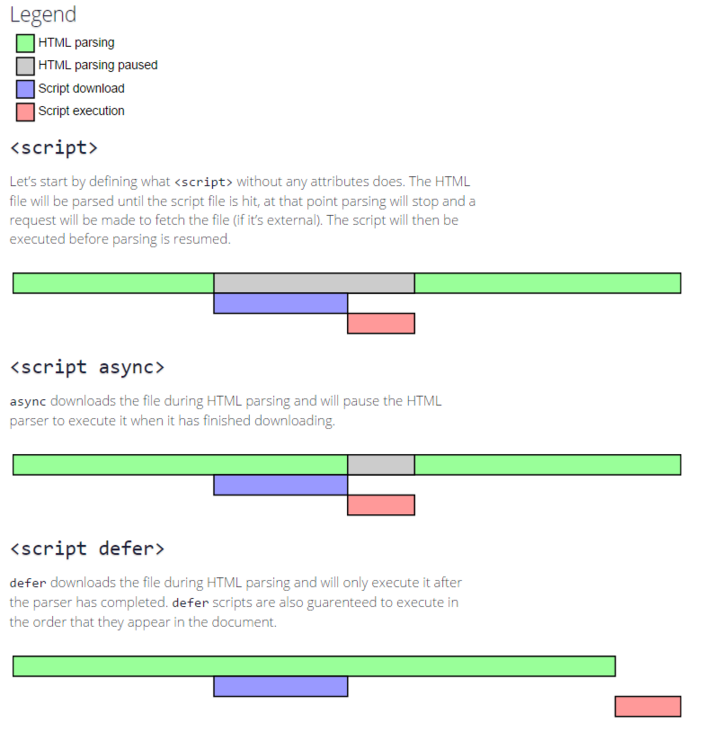

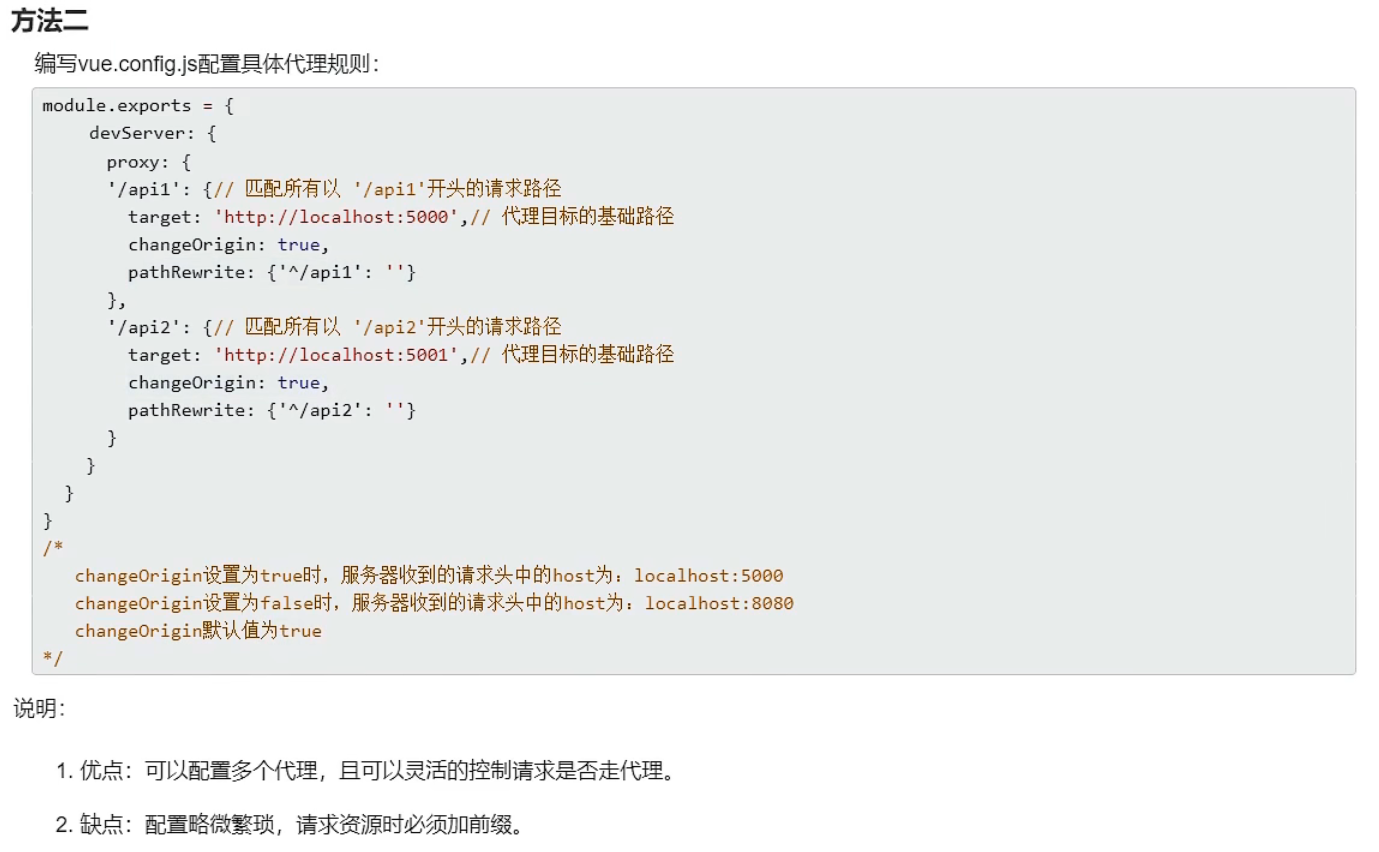



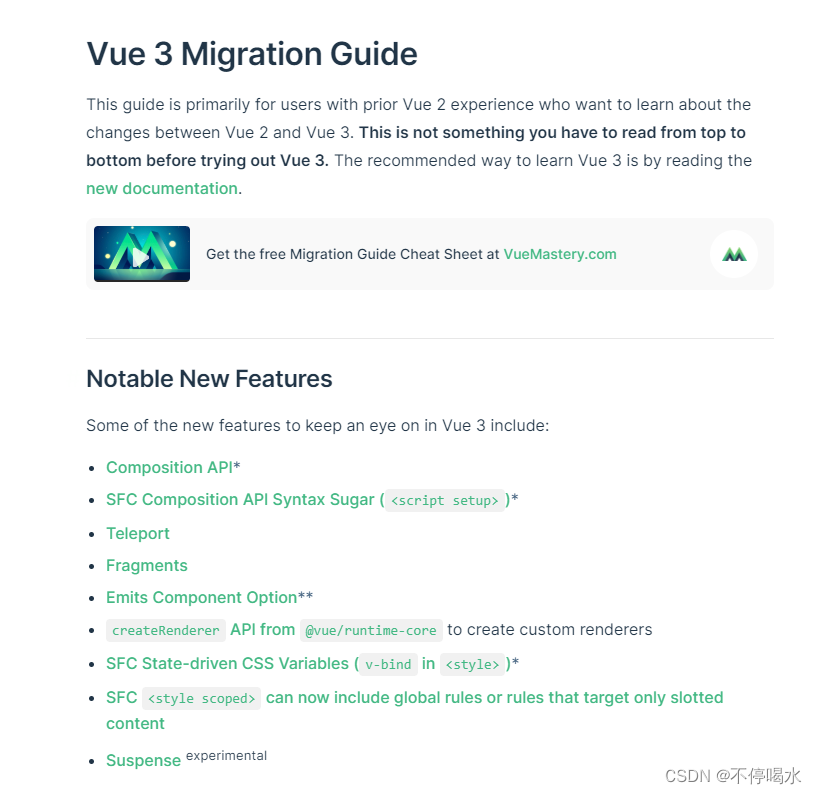

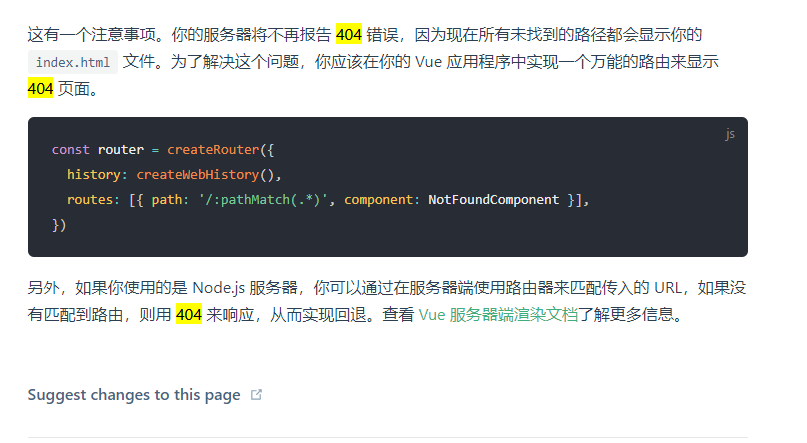
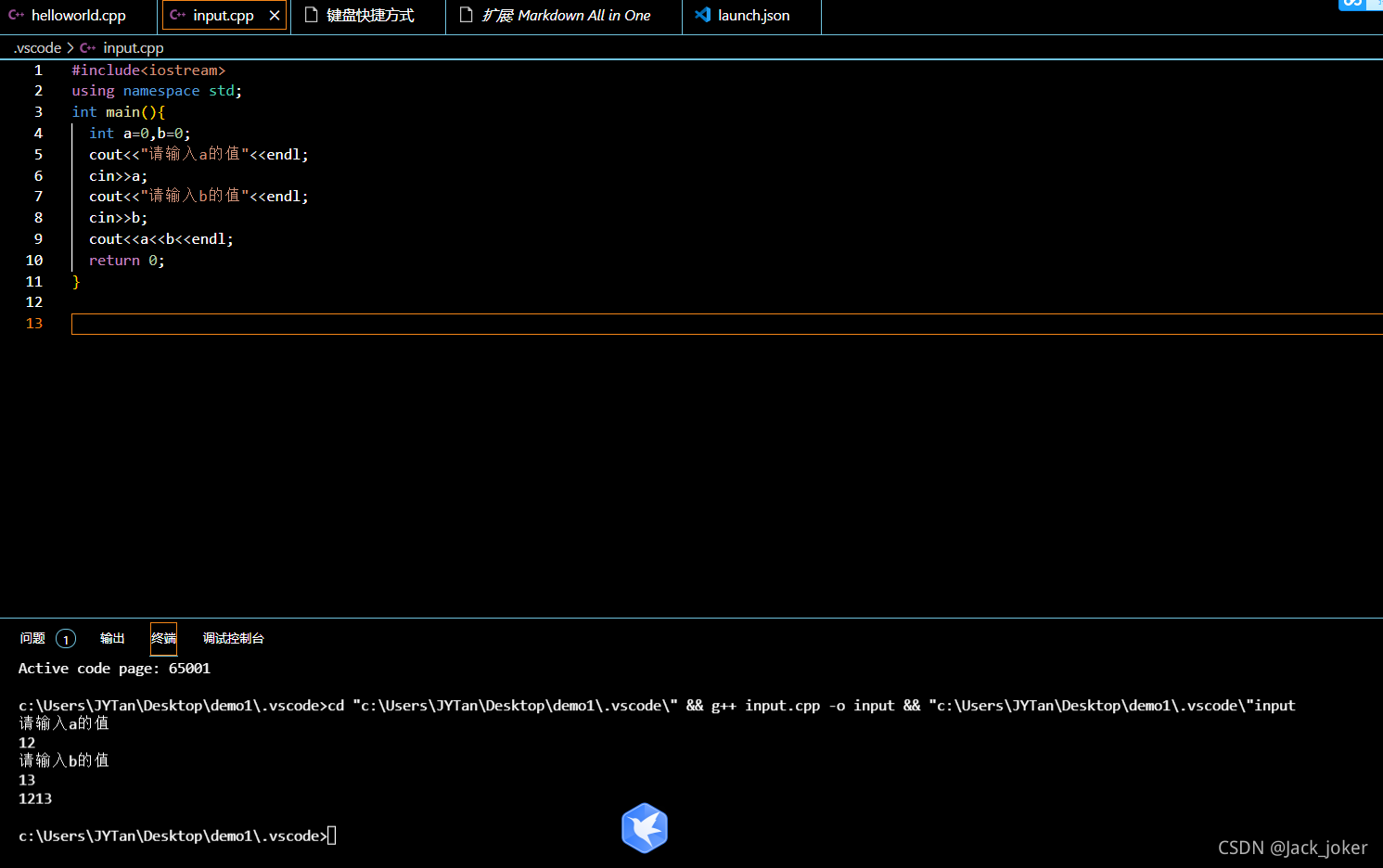


![HTML爱心网页制作[樱花+爱心]](https://img-blog.csdnimg.cn/2fdd6a8f26bd43dfaa04e83db22eecb2.png)
